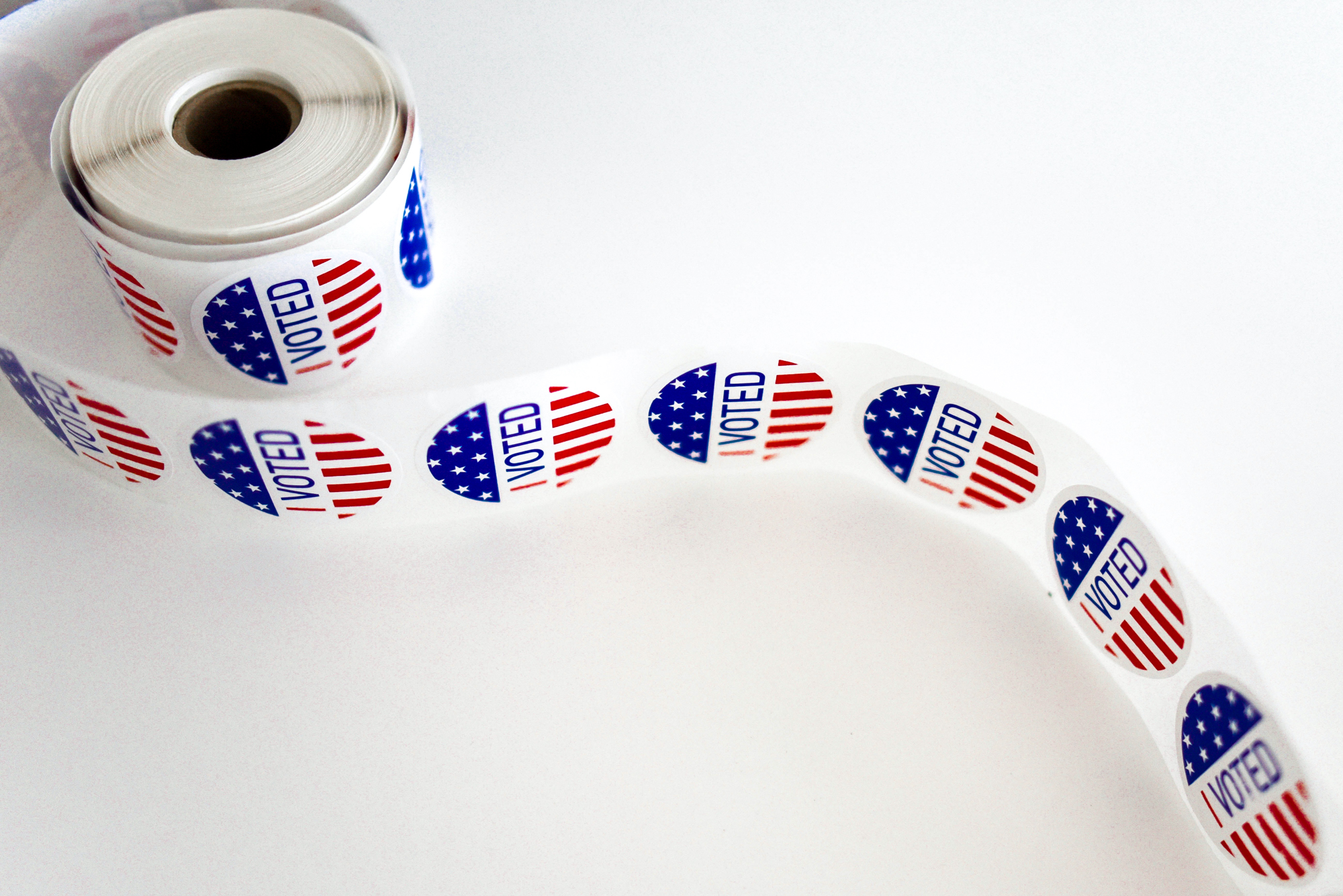Views expressed in opinion columns are the author’s own.
From a young age, I can remember campaigns and advertisements encouraging people to vote. However, as I came of age and attempted to carry out my civic duty, I realized I did not face the same barriers and burdens other groups of voters face.
Research predicted that in the November 2020 general election more than 378,000 eligible transgender people would face barriers to voting.
Some of these barriers from transgender people were established when The Help America Vote Act was passed. The act required confirmation of individuals’ identities by providing their driver’s license number or last four digits of their Social Security number to the state. In addition, 35 U.S. states have other voter identification laws, some of which are stricter because they require voters to present a government issued photo identification at the poll.
For the average middle class cis-gender person, this may not seem like a big deal. However, for transgender people and those whose gender identity is different from the sex assigned to them at birth, this dramatically hinders their political voice. About 81,000 eligible transgender voters live in states with some of the strictest photo ID laws, such as key swing states of Georgia, Indiana, Virginia, Arizona and Ohio.
It is clear voter laws in their current state make elections unfair and inequitable to transgender Americans. Something must be done to change current voter ID laws so the transgender experience is better reflected — thus helped — in American politics.
One of these barriers is the necessity of updating IDs with correct names, photos and gender markers. In the 2015 U.S. Transgender Survey, 32 percent of transgender Americans surveyed said they had no forms of identification that listed their correct gender, and 42 percent said they had no form of identification that represented both their correct name and gender marker.
The process of updating identification is not easy or fast. Some states require proof of gender affirming surgical care or a court order to officially change the gender marker on an ID. The process of obtaining a court order, physician letter or new ID card can often cost an additional charge. As more policies get enacted, it’s imperative transgender Americans are not left unrepresented at all, but most importantly, not left unrepresented due to identification issues.
For example, some court orders have a fee and charge an additional cost for collecting multiple certified copies. In Maryland, the filing fee for a name change with a local circuit court typically costs $165. We must keep in mind that among LGBTQ+ people, transgender people have high poverty rates at 29.4 percent in 2019, the burden of updating identification is even heavier. Therefore, simply asking transgender Americans to pay this name-change fee is tone-deaf and doesn’t address the root problem: barriers that stop people from being who they are.
There are also voting barriers for transgender Americans at the polling sites. Without a way to precisely predict how election officials and poll workers treat transgender voters at the poll, it can be a traumatic experience for transgender people to exercise their right to vote. About 32 percent of transgender people in 2015 who voted reported experiencing negative experiences — such as being verbally harassed, denied services or benefits, being asked to leave the venue where they presented the ID and being assaulted or attacked after presenting inaccurate ID — after presenting identification documents that did not match their gender presentation.
The solution to dismantle these barriers for transgender voters seems obvious: Repeal or modify voter ID laws or name and gender change laws.
There are immediate actions local governments can take that would make the transgender voting experience safer than before. For example, poll workers in California recieve training on how to properly interact with and assist transgender and gender-noncomforming voters when they vote. Other states should follow California’s footsteps in ensuring a welcoming voting environment for LGBTQ+ citizens.
Changing voter ID laws is a long process, but the safety of transgender people and ensuring their representation at the polls cannot wait. Without transgender representation in elections, elected policies will not be reflective of transgender beliefs, creating a world that is unwelcoming to the transgender community.
It is unfair to expect citizens to simply vote when our existing system has so many barriers to some citizens’ ability to vote in the first place. Voter ID laws and the process of polling must be modified and reevaluated among all states to create a safe space for transgender people to exercise their right to vote.
Lei Danielle Escobal is a sophomore American studies and sociology major. She can be reached at at leidanie@terpmail.umd.edu.



